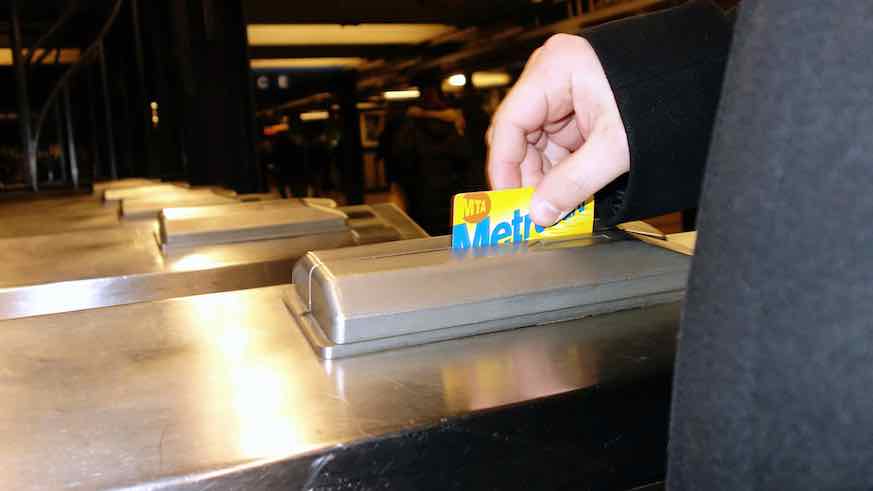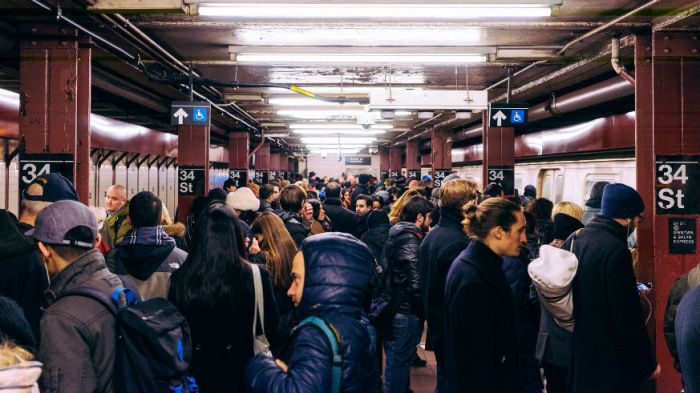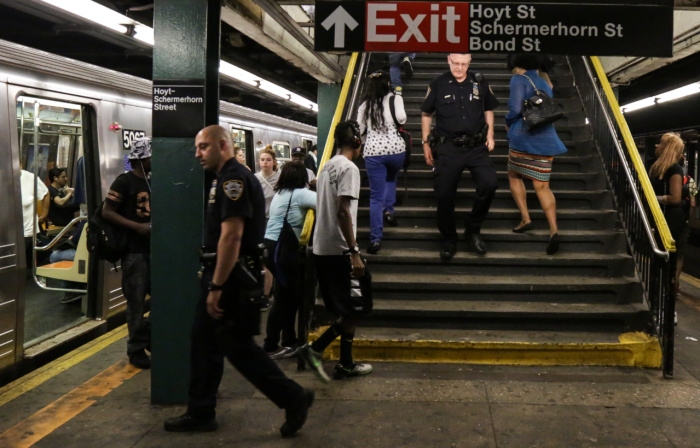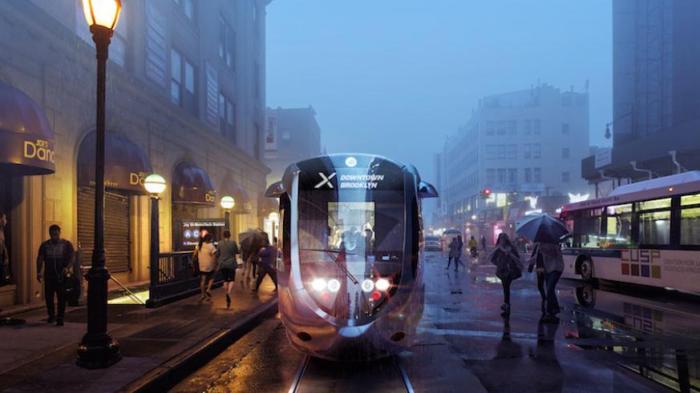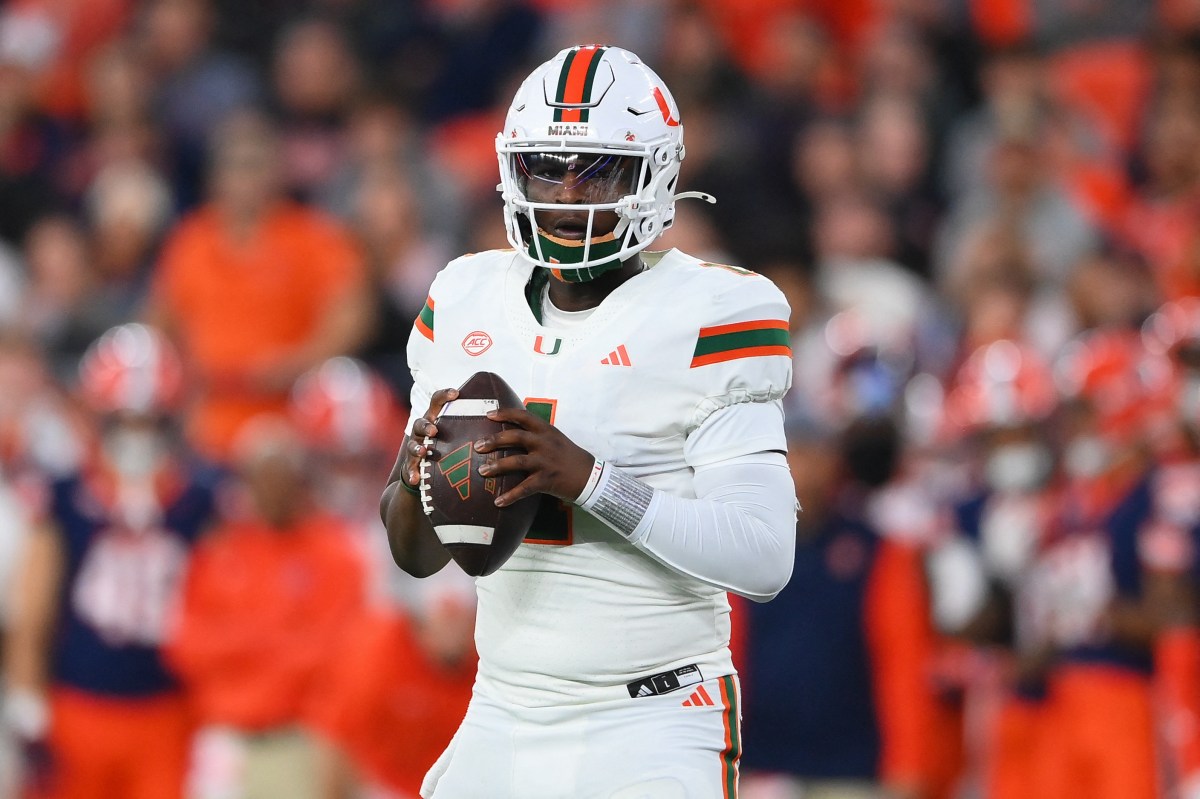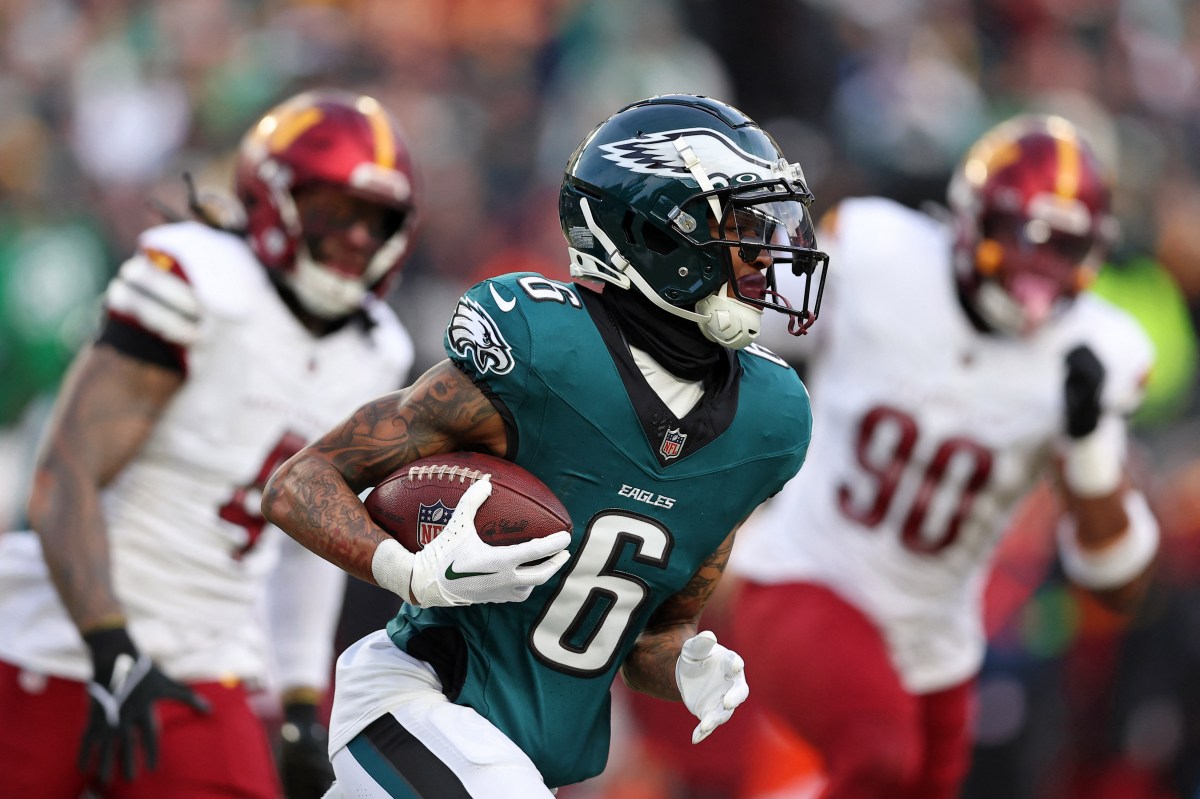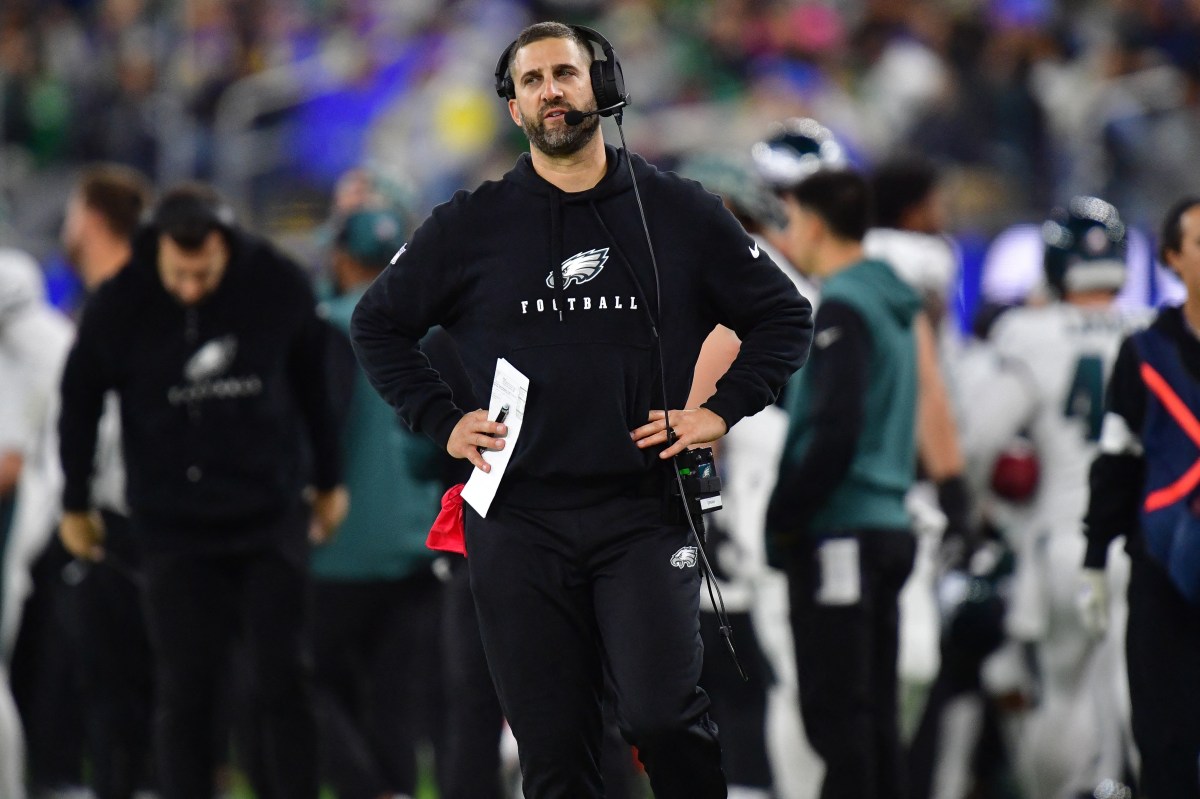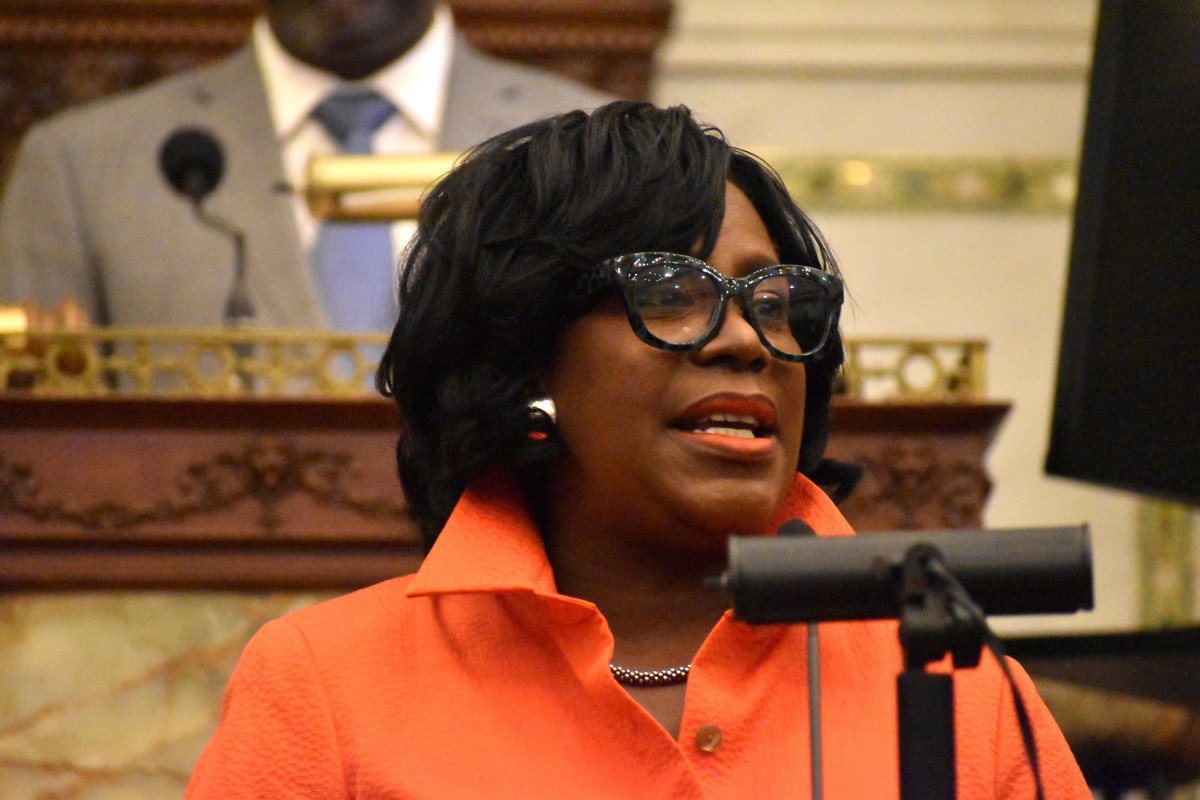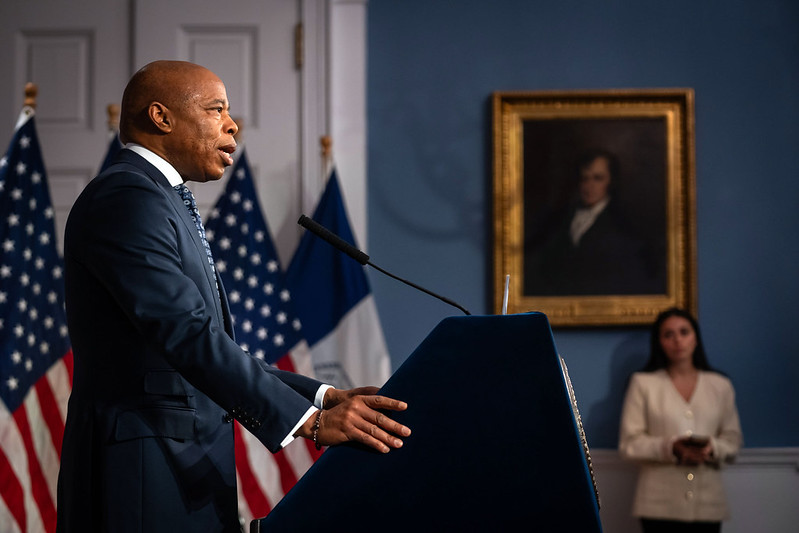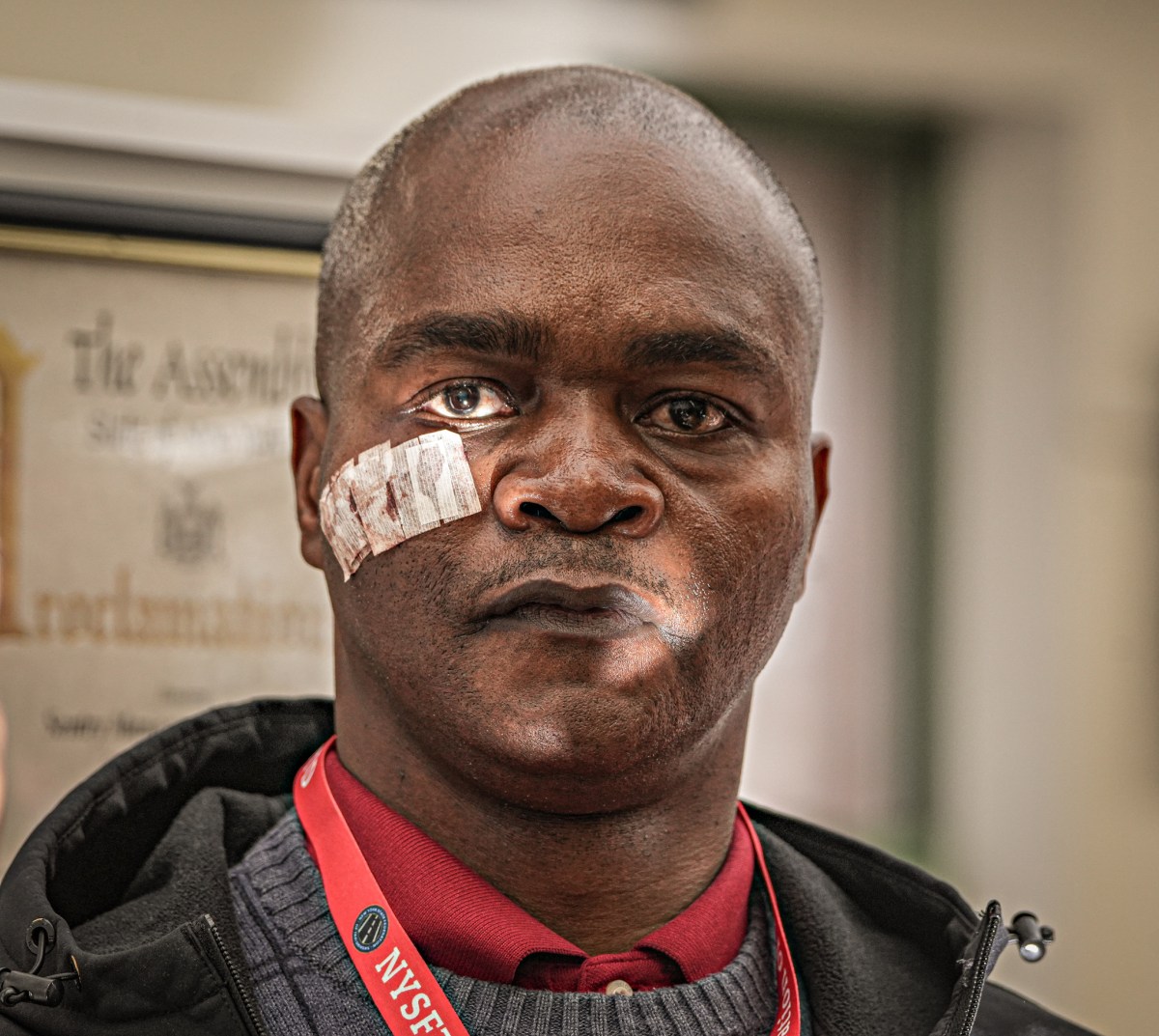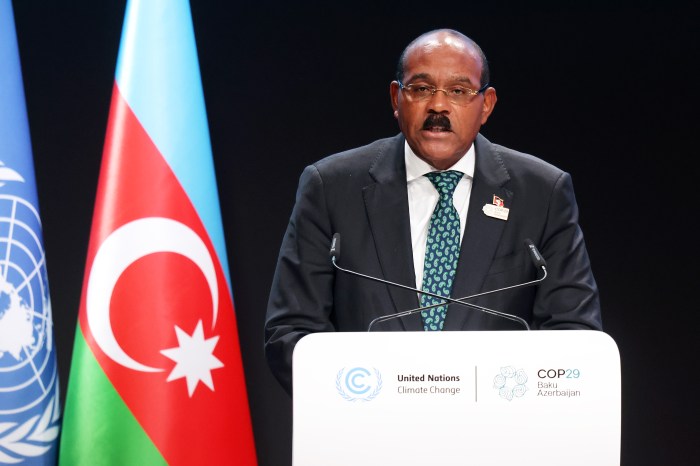Public transportation can come with a slew of frustrations, like when you see your train pulling into the station but the turnstile reads “insufficient fare,” or when you’re stuck behind someone swiping their MetroCard over and over to no avail.
These hiccups may soon be part of the past, though, once the new MTA fare payment system is rolled out in 2019.
The MTA fare payment system will launch next year, allowing for contactless payment at turnstiles and on buses, along with an accompanying smartphone app, all developed by Cubic Transportation Systems.
Cubic also operates the current MetroCard system and the payment systems for transportation agencies around the world from London to Chicago to Sydney. At a recent Investor’s Day at the New York Stock Exchange, Cubic employees explained what exactly the company is trying to bring to all these transit agencies.
There are two fundamental goals, said Matt Cole, president of Cubic Transportation Systems: “reducing the cost of collecting the fair, and removing friction.”
The first factor is on the MTA side of the equation, involving what percentage of every fare goes to operating the payment system and what percentage the agency keeps. The second affects commuters.

“For you as a transit rider, we’re trying to take all of the steps you currently need to take in order to pay to ride the trains, and take those steps out,” Cole said, “to make it as seamless and frictionless as possible.”
That means providing multiple ways that someone can pay their fare.
“If you have a credit card with a contactless chip, you’ll be able to use that at the turnstile. If you’re like me and you’ve got Apple Pay set up, you’ll just be able to tap your phone. If you prefer to have a barcode ticket with a QR code, you’ll be able to scan that,” Cole said. “And if you don’t like any of those options and you really want an MTA-issued piece of plastic, you’ll be able to do that, too.”
Contactless cards will be issued from new vending machines, the MTA said, but MetroCards won’t be extinct right away. Customers will be able to use the swipeable magnetic-strip cards until 2023.
The mobile app component is still in development, but for other cities, the Cubic platform allows riders to reload theircard right from the app, plan their trips with a map function and to see information on when the next train is coming, right from their phone.
The first locations to see the new MTA fare payment system in 2019 will be along the Lexington Avenue line from Grand Central to Atlantic Terminal and on buses on Staten Island, MTA officials said.
With this upgrade that allows riders to bring their own payment media of choice to the turnstile — phone, credit card or MTA card — the MTA won’t just be caught up with other transit systems that have long replaced their magnetic tickets. It’ll be ahead of them, Cole said.
“What the MTA is doing is they’re leapfrogging to the next generation, past what most cities are doing now,” he said. “The MTA is actually getting the benefit of skipping that evolution of [just] the smart card, and now they’ll be ahead of the rest.”

